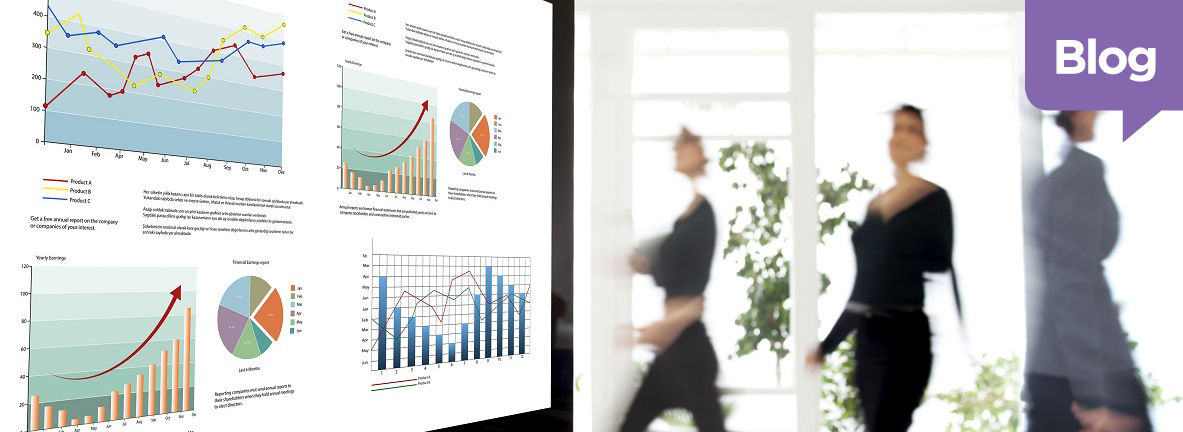
Workforce Analytics 101: Your Top Questions
What is “workforce analytics”?
Workforce analytics means applying the principles of Big Data to data generated by HR organizations. Also called “people analytics,” it means using existing data and statistics to generate insight into, and make evidence-based decisions about, HR issues like hiring decisions, compensation strategies, performance management, and more. Once a rare practice, now more than two-thirds (69%) of workplaces have implemented – or plan to – some kind of structure to take advantage of workforce analytics.
How is workforce analytics different from normal reporting?
Reporting looks backward, while analytics tends to look forward. Most organizations compile and generate reports based on historical data, which is intrinsically reactive. Such operational reporting fuels decisions today that are a reaction to events yesterday. As a result, reporting forces organizations to make decisions only after a problem has been identified. With analytics, you use advanced technologies like machine learning to slice-and-dice data and extract forward-looking insight. Organizations can use the information to spot trends and better predict outcomes tomorrow.
For example, reporting will tell you that turnover rates have surged only after the fact; analytics can warn employers about red flags with employee engagement and other metrics (e.g., rising absenteeism, reduced productivity, etc.), so they can address employee engagement problems before people start leaving.
Does it really make a difference?
It certainly seems to! According to Josh Bersin of Bersin by Deloitte, the stock market returns for companies leading the pack in people analytics are 30% higher than the S&P 500 and are twice as likely to deliver “high impact” recruiting solutions. Other research seems to bear out these claims. For example, a Randstad Sourceright Talent Trends Report found that an overwhelming number of respondents (71%) agree that “technology has made recruiting simpler and more efficient.”
So, is this a real thing I should be paying attention to?
According to CareerBuilder and Harris Poll, 90% of CEOs say it is important for HR leaders to be proficient in workforce analytics. One in three call it “absolutely essential.” Businesses should be looking into the role that workforce analytics can play in their organization.
CoAdvantage, one of the nation’s largest Professional Employer Organizations (PEOs), helps small to mid-sized companies with HR administration, benefits, payroll, and compliance. To learn more about our ability to create a strategic HR function in your business that drives business growth potential, contact us today.